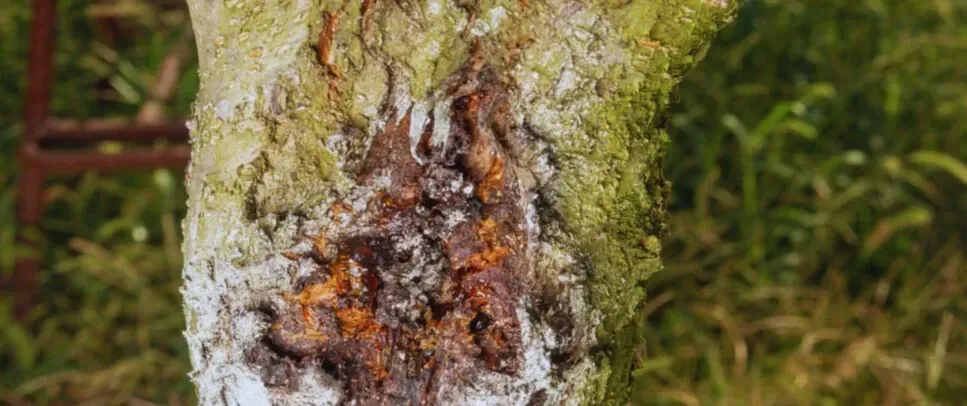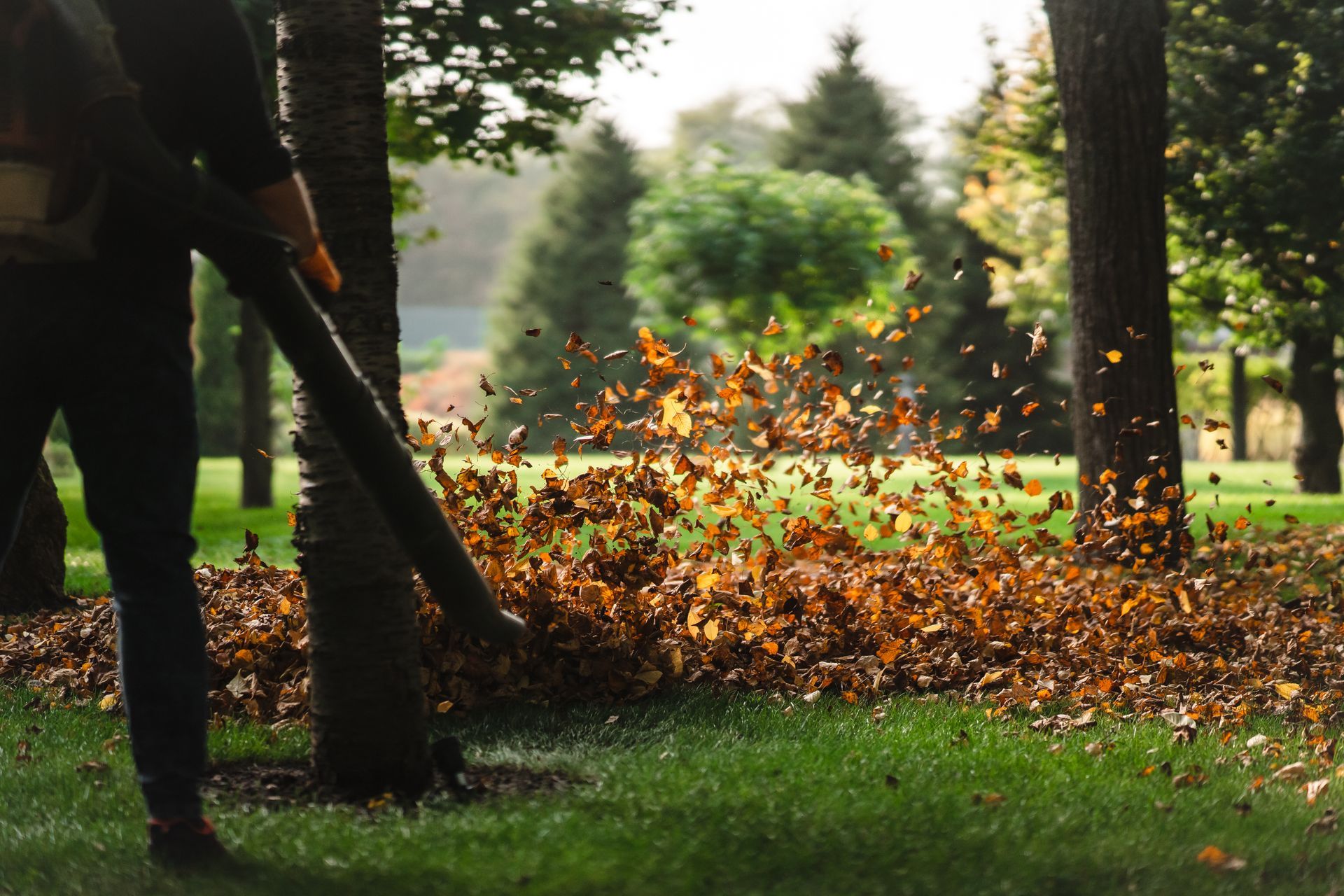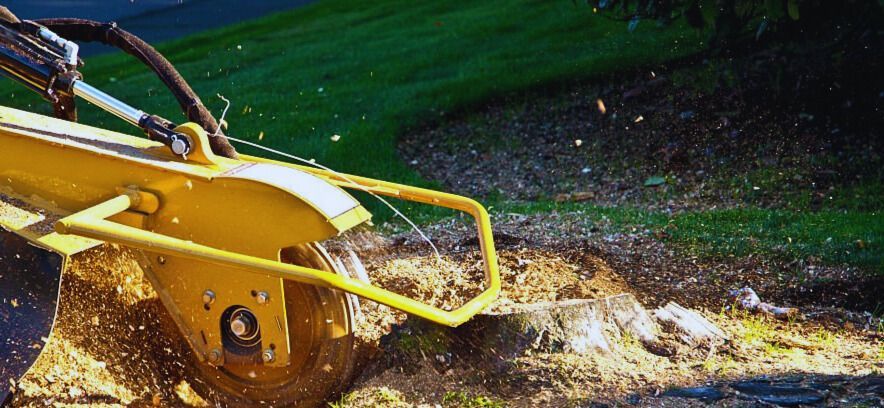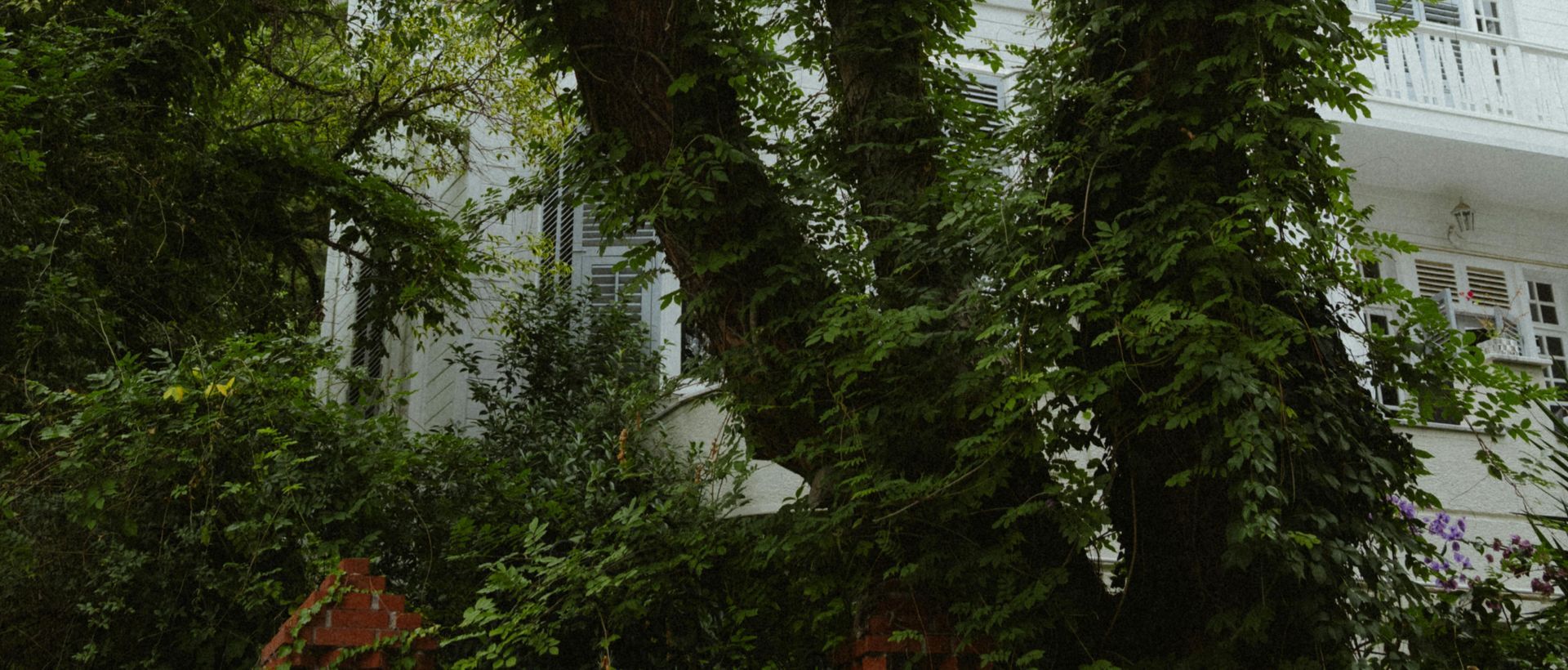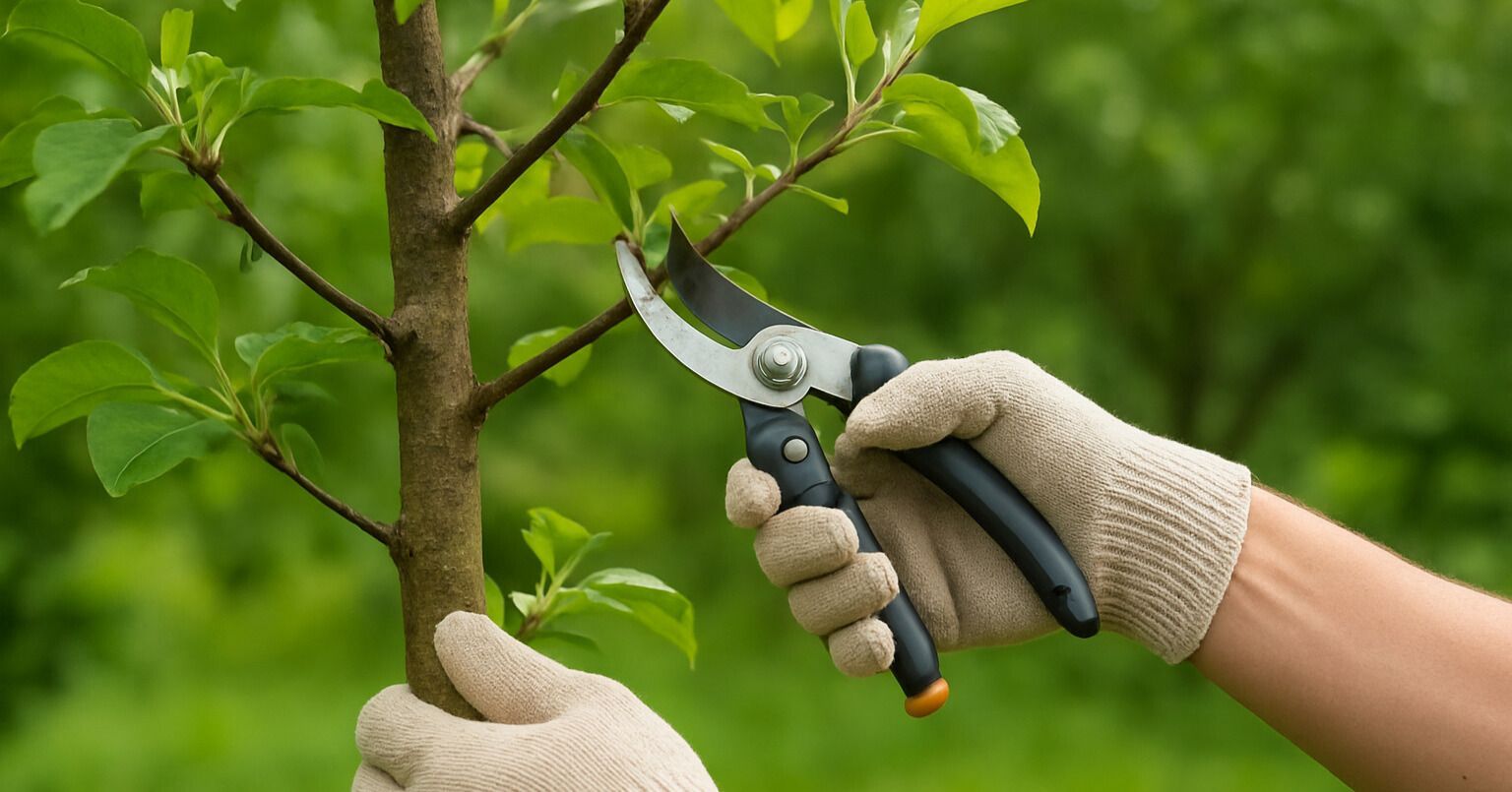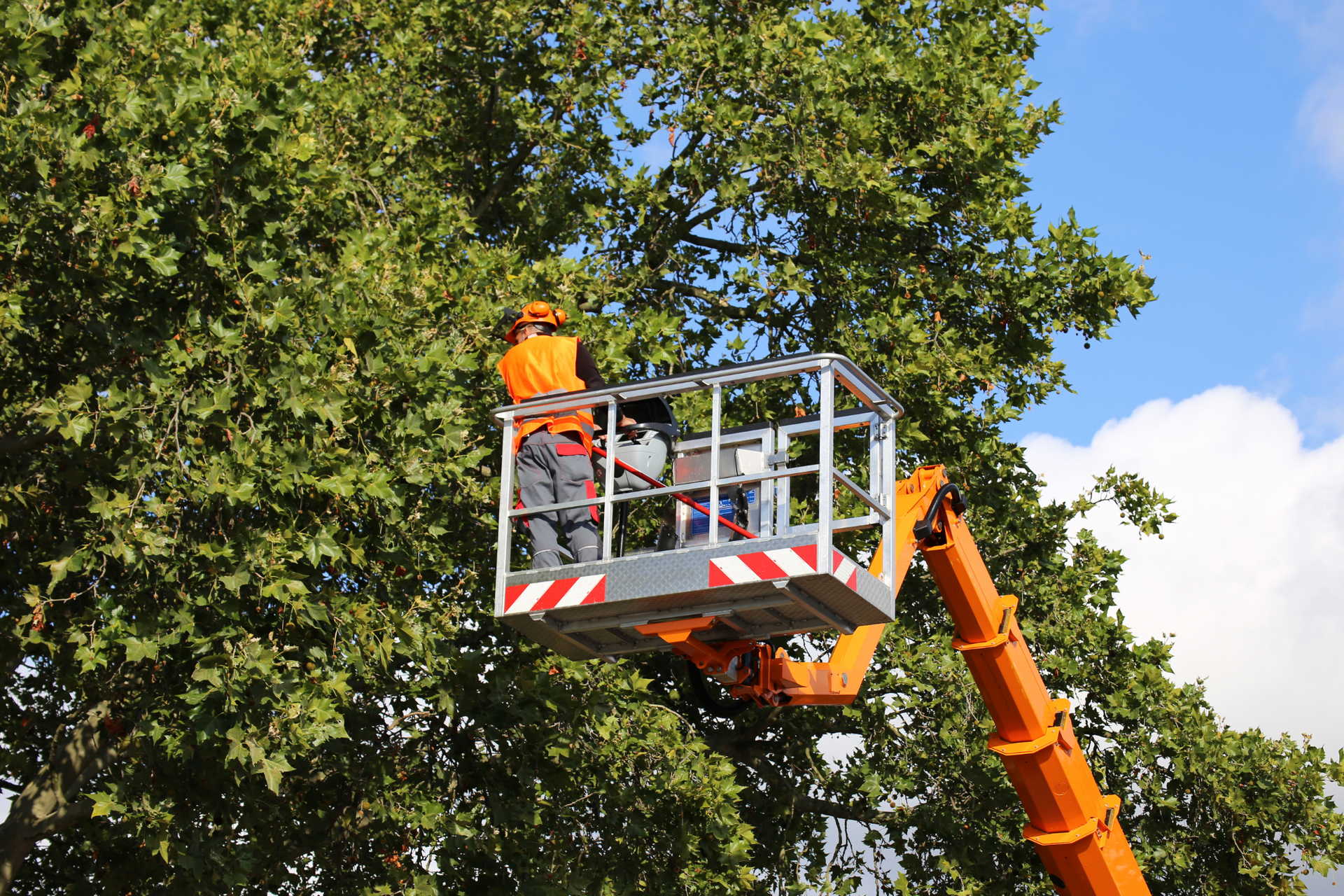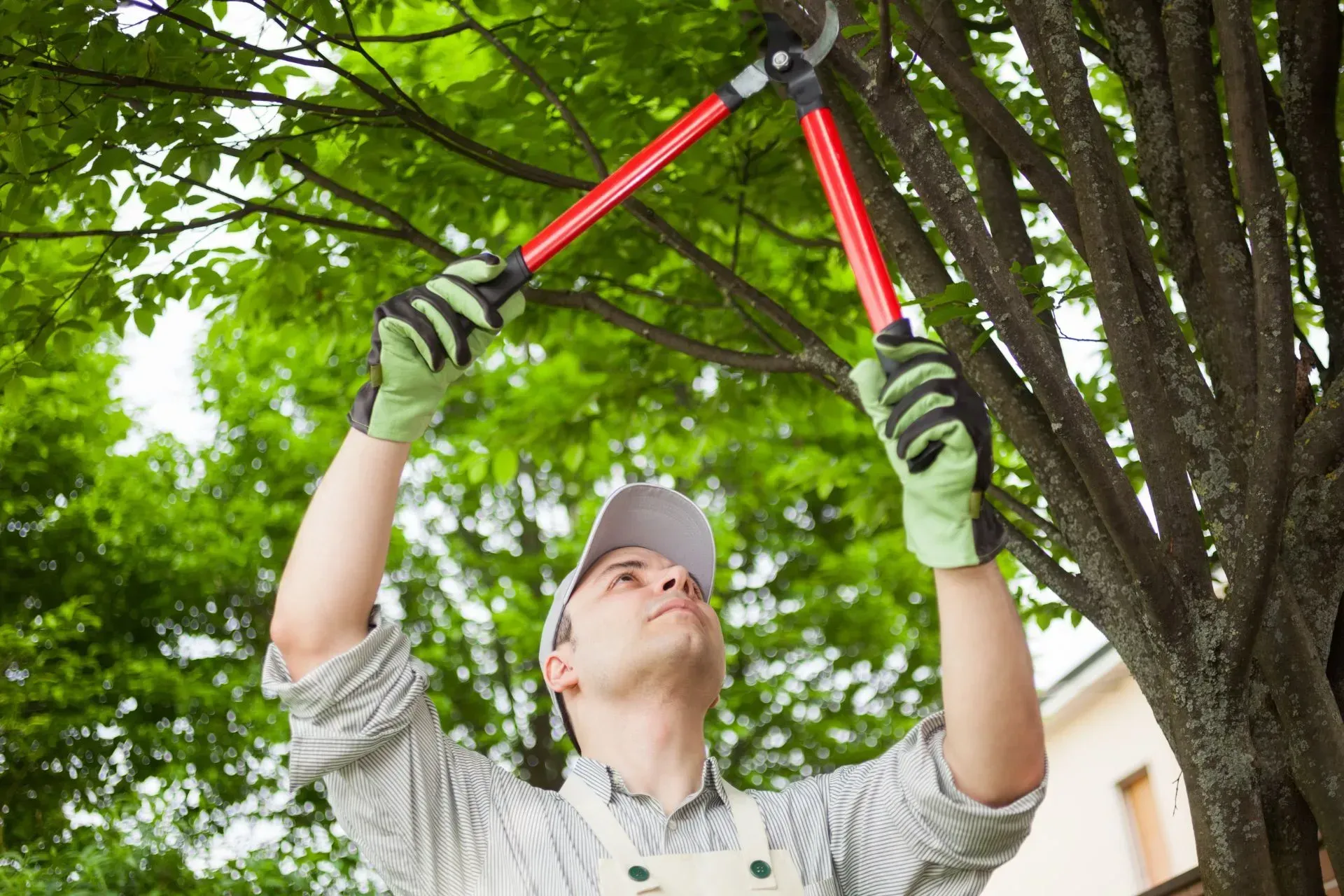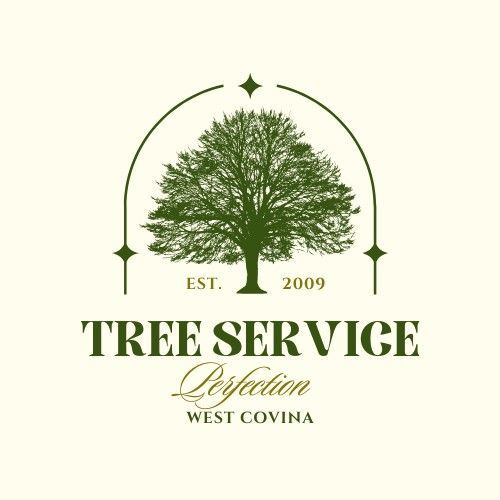The Risk of Doing Nothing: Dangers of Dead Trees on Your Property
Dead trees may look harmless, but they hide serious risks that can cause devastating damage to your home, family, and even your wallet. Ignoring them could lead to structural damage, pest infestations, legal problems, and worse. Understanding these risks now can help you avoid costly consequences later.
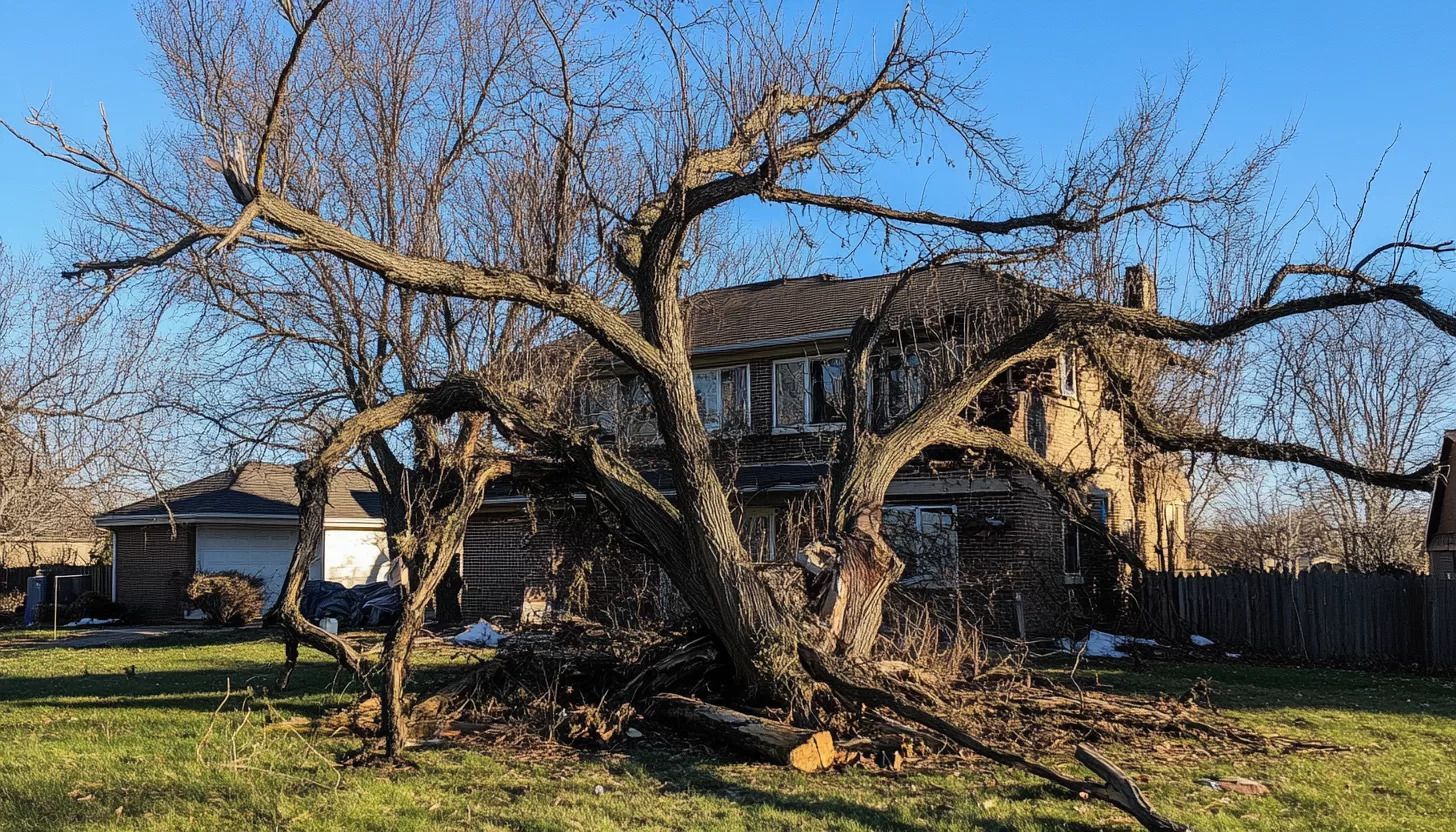
Understanding the Silent Danger of Dead Trees
At first glance, a dead tree may seem like it’s just a dry piece of wood. No big deal, right? Wrong. Dead trees are unstable and unpredictable. Over time, they weaken from the inside out, making them extremely dangerous—especially during storms or high winds. The longer you leave them standing, the more likely they are to fall without warning, putting everything and everyone in their path at risk.
What Causes Trees to Die on Residential Properties?
Trees don’t just die overnight. They succumb to a combination of factors such as:
- Pest infestations like beetles or termites
- Fungal infections and root rot
- Soil compaction and poor drainage
- Storm damage or lightning strikes
- Old age
Each of these issues can be subtle at first. But over time, they can take a healthy tree and turn it into a serious hazard.
How to Identify a Dead or Dying Tree
Not sure if a tree is truly dead or just looking rough? Here are signs to look out for:
- Peeling bark or large cracks in the trunk
- No leaves during growing season
- Brittle or falling branches
- Fungus growth at the base
- Hollow sounds when tapping the trunk
Spotting these symptoms early can help you take action before it’s too late.
Falling Branches and Tree Collapse: The Hidden Threats
One of the most terrifying aspects of a dead tree is its potential to collapse. Weak limbs often break off during storms, but entire trees can fall even on a calm day. This puts vehicles, structures, fences, and people directly in harm’s way. The larger the tree, the greater the risk.
How Dead Trees Damage Your Home and Infrastructure
Falling branches or trees can:
- Smash roofs and windows
- Tear down electrical wires
- Crush fences, decks, and sheds
- Block driveways or entry points
The cost of repairs can easily run into the thousands. And worse, it may not be covered if the tree was known to be dead and left standing.
Can You Be Held Liable for a Dead Tree?
Yes, and the consequences can be steep. If your tree falls and causes injury or damage to a neighbor’s property, you could be held legally responsible. Courts have ruled that ignoring visible signs of decay or death in trees can be considered negligence. Don't risk your legal standing—take action while you can.
Are Dead Trees a Fire Risk in Dry Areas?
Absolutely. Dead trees become dry and brittle, making them perfect fuel for fires. In areas prone to wildfires, this risk increases dramatically. A single spark could ignite a dead tree and rapidly spread to nearby homes, especially in urban-wildland interface zones.
Dead Trees and the Invasion of Harmful Insects
Pests like termites, carpenter ants, and beetles love dead wood. Once they take over a dead tree, they can easily migrate to nearby healthy trees or even your home. Infestations can lead to major structural problems and costly extermination services.
Effects on Birds and Wildlife Habitats
While some dead trees provide shelter for wildlife, not all do. As trees decay, they may no longer be safe for nesting animals. In urban areas, a falling dead tree could disrupt existing habitats or push animals into surrounding homes, causing unexpected human-wildlife encounters.
Will Home Insurance Cover Dead Tree Damage?
It depends. Insurance companies often deny claims for damage caused by a known hazard. If your insurer finds that you neglected a dead tree that posed a visible threat, they may not pay out. That could leave you footing the entire bill for repairs and liability claims.
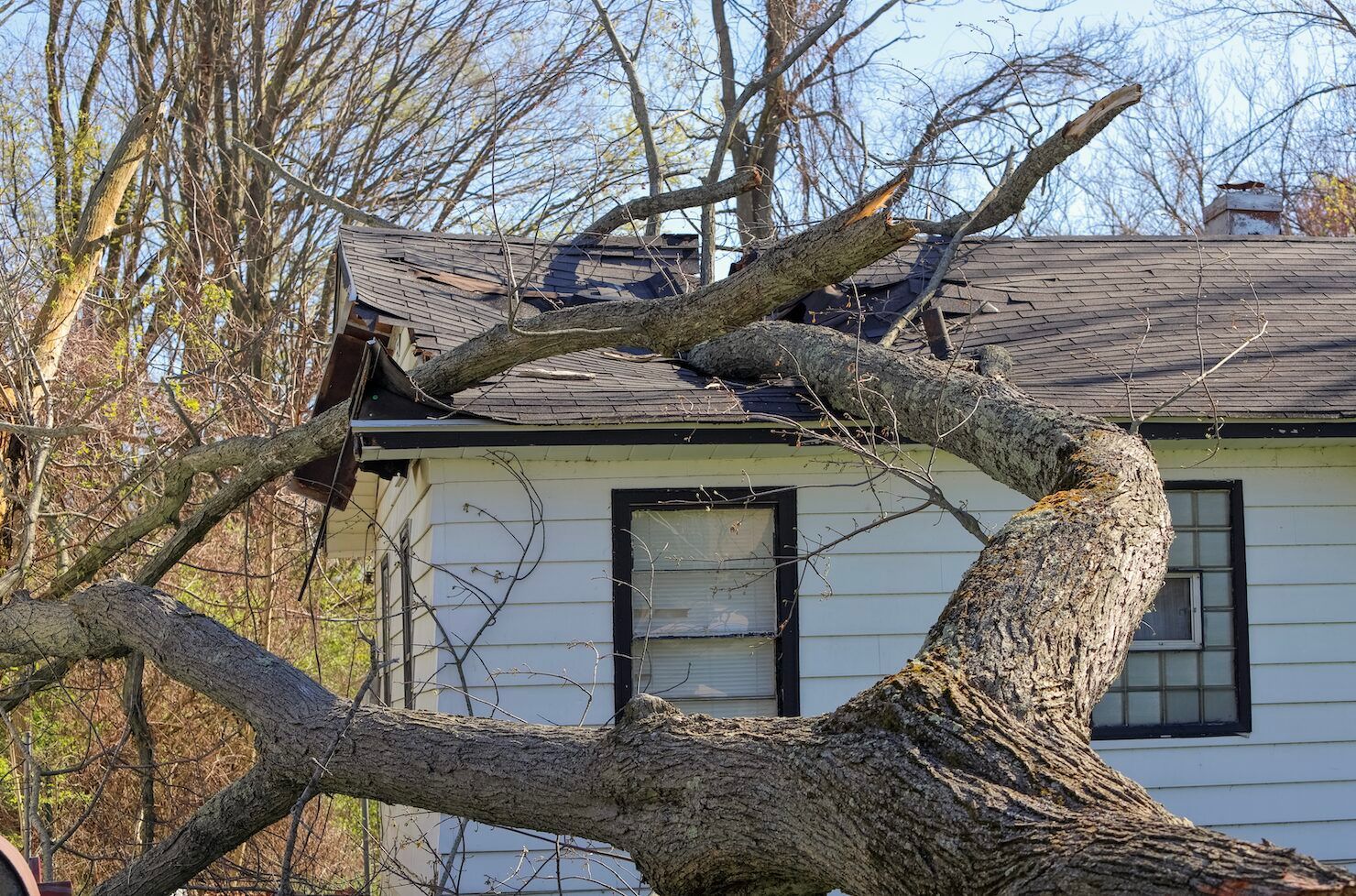
Removing a Tree vs. Ignoring the Problem
Here’s a quick cost comparison:
Action Average Cost
Tree Removal (professional service) $300 - $1,500
Ignored Dead Tree (fall + damage) $5,000+
Legal Liability (lawsuits) $10,000+
Clearly, removing the tree is not just safer—it’s more cost-effective in the long run.
What Happens When a Dead Tree Falls Unexpectedly?
The sudden crash of a dead tree can:
- Knock out power lines
- Trap people in cars or homes
- Block emergency access
- Cause injuries or fatalities
This type of emergency happens more often than you think. And once it does, it’s too late to say, “I should’ve taken care of that.”
Tree Health Assessments: Spotting the Risk Early
Don’t wait until the tree is obviously dead. Regular health assessments can detect early warning signs. A trained arborist can test the strength of a tree, check for disease, and recommend timely interventions.
When to Call a Certified Arborist or Tree Service
As soon as you notice signs of decay, reach out to a professional Tree Service. Certified arborists can evaluate the tree’s condition and recommend removal or treatment. Don’t DIY tree removal—it’s dangerous and often illegal without the proper license and gear.
How One Dead Tree Can Endanger a Neighborhood
It’s not just your property at risk. Dead trees near sidewalks, roads, or utility lines can hurt passersby or cause blackouts. If you're part of a homeowner's association or live near others, your dead tree might be a hazard to the whole community.
Safe Alternatives: Replacing vs. Removing Dead Trees
Rather than letting a dead tree rot in place, consider replacing it with:
- Native species that thrive in your region
- Drought-tolerant or disease-resistant varieties
- Ornamental trees that add curb appeal and value
Tree removal doesn’t have to mean a permanent loss. With the right replacement, it can be a fresh start.
How Dead Trees Affect the Local Ecosystem
Dead trees left to decay in urban environments can harm the local ecosystem by:
- Spreading disease to nearby plants
- Creating breeding grounds for pests
- Disrupting the natural nutrient cycle
Proper management supports both human safety and ecological balance.
The Risk of Doing Nothing: Dangers of Dead Trees on Your Property
This is not a “maybe someday” problem—it’s a “right now” issue. Whether it's falling limbs, lawsuits, fires, or infestations, the danger is real. By doing nothing, you’re gambling with your home, health, and finances. Take the first step and schedule a tree inspection today through this Contact page.
FAQs
How do I know if a tree on my property is dead?
Look for signs like brittle branches, peeling bark, lack of leaves in season, and fungi growth at the base. A certified arborist can confirm.
Is it expensive to remove a dead tree?
Costs vary, but it's often cheaper than paying for damage or legal claims from a fallen tree.
Can I remove a dead tree myself?
It's not recommended. DIY tree removal is dangerous and may violate local laws. Always hire professionals.
Do I need permission to remove a tree?
Some areas require permits. Check with your local municipality or tree service company.
Are dead trees always dangerous?
While not all dead trees pose an immediate threat, they become more dangerous over time as their structure weakens.
What should I do if a neighbor’s dead tree threatens my property?
Document the issue, notify the neighbor in writing, and contact local authorities or a lawyer if needed.
Conclusion
Leaving a dead tree standing on your property is more than just a landscaping issue—it’s a serious threat. From costly repairs and legal troubles to dangerous accidents and environmental concerns, the risks are too high to ignore. Act today before it's too late. Schedule a professional assessment, remove the danger, and replace it with something beautiful and safe.
Links

